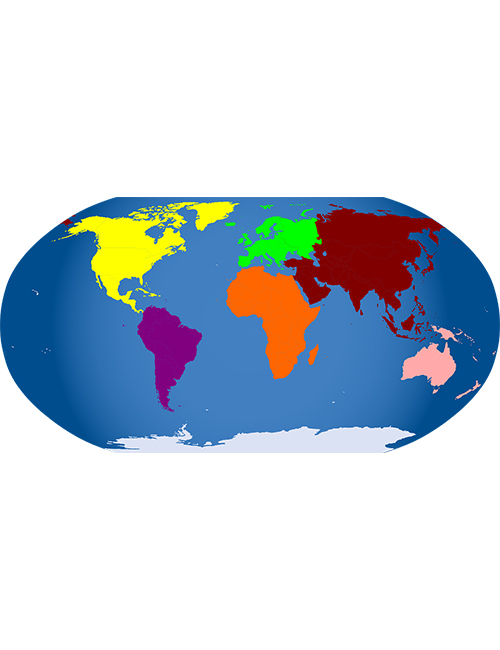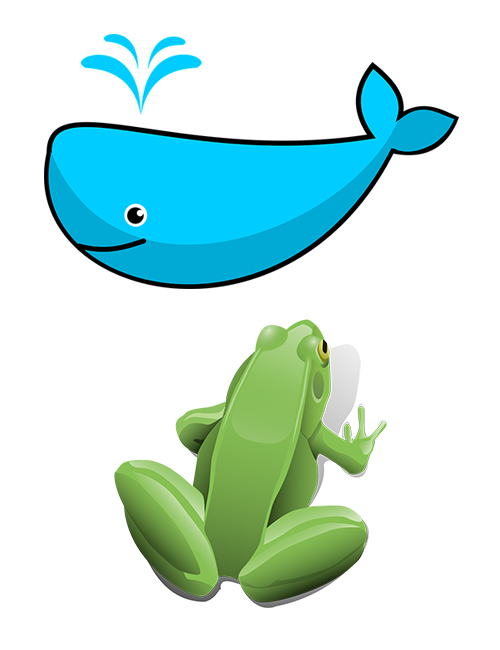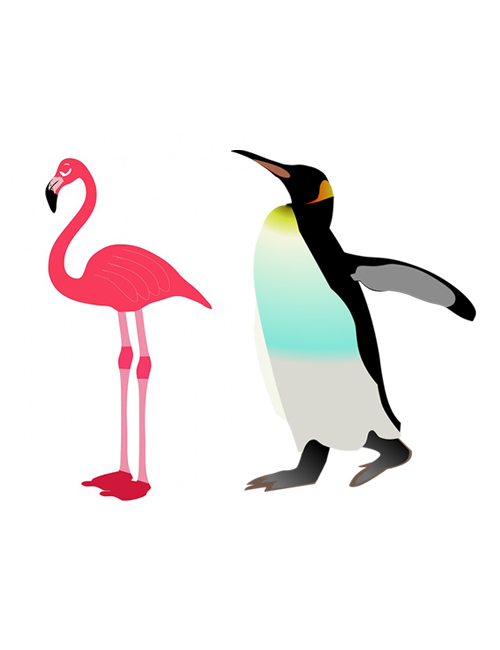
- 7 Continents of the World are Asia, Africa, North America, South America, Antarctica, Europe, and Australia
- The world's smallest country is the Vatican.
- Mount Everest, is the Highest Mountain in the world.
- Greenland is the largest island in the world.
- Sun is a star. The Sun is nearly 150 million kilometres away from the Earth.
- Alpha centauri is the next nearest star to the Earth. Its distance from the Earth is about 44,000 billion kilometres.
- The distance travelled by light in one year is called a Light year. A light-year is a unit of distance. It is the distance that light can travel in one year.
- The name of our galaxy is Milky Way.The Milky Way Galaxy is about 150,000 light-years across.
- Till 2006, the solar system consisted of 9 planets. But in 2006, the International Astronomical Union (IAU) adopted a new definition of plantes and Pluto lost its planetary status.
- The four inner plantes-Mercury, Venus, Earth and Mars are called terrestrial planets. They have well defined surface containing rocks and soil.
- Jupiter, Saturn, Uranus, and Neptune are called jovian planets. As they are mostly made up of gases, so thay are also called gas giants. Jupiter and Saturn are the two largest planets in the solar system.
- Earth appears blue-green from space due to the reflection of light from water and landmass, because of which it is aclled the blue planet. Earth’s atmoshphere extends up to 200 km above the surface. Its composition is 78% nitrogen gas, 21% oxygen, and the rest is water vapour, carbon dioxide, helium, neon, etc.
- The Earth completes one revolution around the Sun in 365.25 days.
- Jupiter is the largest planet of the solar system. The most distinguised feature of Jupiter is the “Great Red Spot” on its surface which is a ctually a giant storm that has been going on for many years.
- Saturn is the second largest planet in the solar systemand it is also known as the yellow planet.

- A group of rhinos is called a crash.
- A group of kangaroos is called a mob.
- A group of apes is called a shrewdness.
- A group of baboons is called a troop.
- A group of ants is called an army or a colony.
- Elephants are the largest land based mammals on Earth.
- Chameleons can move their eyes in two directions at the same time.
- Elephants are the only mammal that can't jump.
- Giraffe is the tallest mammal.
- Cows don't have upper front teeth.
- Tigers are the largest members of the cat family.
- Bats are the only mammals that can fly.
- The cheetah is the fastest land animal in the world.

- A group of dolphins is called a school or a pod.
- A group of frogs is called an army.
- A group of whales is called a pod.
- A group of tortoises is called a creep.
- The mudskipper is a fish that spends most of its time out of water and can “walk” on its fins.
- Turtles are reptiles. The largest turtle is the leatherback sea turtle.
- Octopuses have three hearts.
- The largest turtle is the leatherback sea turtle.
- The Blue whale is the largest known mammal is found in oceans.

- A group of geese is called a gaggle.
- A group of owls is called a parliament.
- A group of hawks is called a cast.
- A group of swallows is called a flight.
- A group of hens is called a brood, while a group of penguins is a colony.
- A woodpecker can peck 20 times a second.
- A flamingo can eat only when its head is upside down.
- Birds are warm blooded and have hollow bones which help them fly.
- The biggest bird in the world is the ostrich, which can grow up to nine feet tall. It also lays the largest eggs and has the fastest maximum running speed.
- The penguin is the only bird that can swim, but not fly. It is also the only bird that walks upright.
- The Bee Hummingbird is the smallest living bird in the world, with a length of just 5 cm (2 in). Hummingbirds can fly backwards.
- Owls turn their heads almost 360 degrees, but they cannot move their eyes.

- Bees are the only insect in the world that make food. Bees are crucial pollinators to our food chain.
- Without bees, most of the plants, including food and native plants, would go extinct.
- A mosquito flaps its wings 500 times a second.
- Only male crickets can chirp.
- The common garden worm has five pairs of hearts.
- Dragonflies can fly up to 50 miles per hour.
- A snail can sleep for 3 years straight.
- A cockroach can live for up to 3 weeks without its head.
- The mayfly only lives for 8 hours.
- Ants can lift and carry more than fifty times their own weight.

- Corals are tiny animals called polyps and not plants.
- Coral polyps belong to the same group as the jelly fish family.
- Polyps live in colonies and their fused skeletons are called reefs.
- Reefs are the largest structures on the planet created by animals.
- The Great Barrier Reef is the largest coral reef biome and is located in Australia. It can actually be seen from outer space.
- The three types of coral reefs are fringing reefs, barrier reefs, and coral atolls.
- Although many types of animals live within the coral beef biome, it has much more diversity in its plant life.
- Coral reef biomes are naturally colorful because of the algae. If the coral reef appears white, this means there is a pollution problem.
- Coral atolls are made from volcanic remains.


 Biodiversity
Biodiversity
